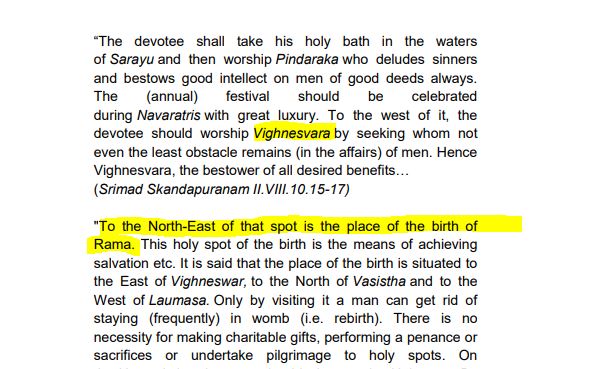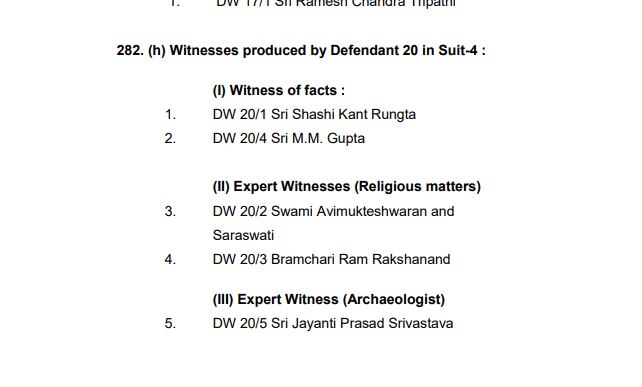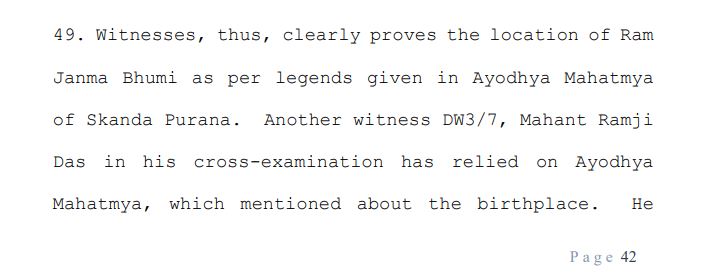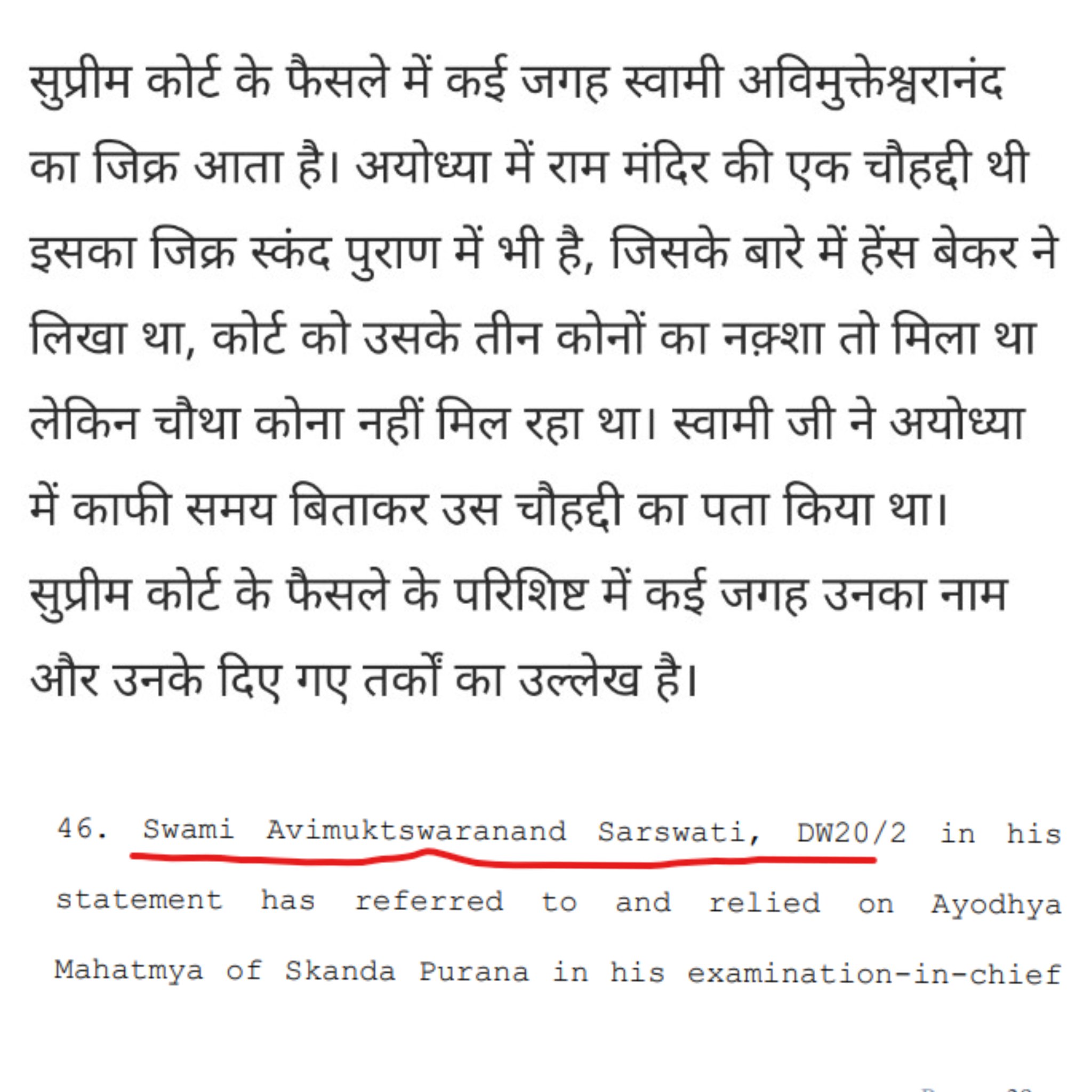A legal tale evolved in the heart of India, exposing an amazing fusion of ancient scripture, historical treasures, and divine guidance. The case, often dubbed “The Biggest Lawsuit of India,” centered around the precise location of Shri Ram’s birthplace and became a testament to the significance of Skanda Purana.
The Historic Foundation
In 1902, British officer Edward marked 148 Ayodhya teerth sthals from the Skanda Purana, erecting numbered stone boards. Fast forward 117 years, and these seemingly ordinary pillars will play an important role in a case that will rewrite history.
A Chance Encounter
In 2005, lawyer PN Mishra mistakenly arrived at Ayodhya while traveling to Calcutta. A chance meeting with Sadhu revealed Edward’s stone boards and pillar no. 100 housing a Ganesha idol. This interaction sowed the seeds for an ongoing legal and spiritual quest.
The Legal Odyssey
The courtroom drama unfolded in the Supreme Court of India in 2019. Hindus faced the daunting task of proving the exact birthplace of Ram, challenging an ASI report that confirmed the presence of a temple in the 12th century but fell short of pinpointing the birthplace within the Babri mosque.
Enter Skanda Purana
Despite the doubts, PN Mishra stood firm, referencing Skanda Purana. This ancient Hindu scripture, which is frequently regarded as a Google map of Hindu pilgrimage, contained the exact site of Ram’s birthplace. The scripture placed the site in Vaishnav Khand/Ayodhya Mahatmya, adding, “In the west of the Saryu river, there is Vighneshwar; in the northeast is the exact place of birth of Ram.”

The Legal Conundrum
The CJI requested proof beyond the linguistic complexities of Skanda Purana. PN Mishra produced Hans Bakker’s book mapping Ayodhya’s landmarks based on Edward’s stoneboards and the scripture.
This generated excitement – the Purana, pillars and map aligned! Yet a discrepancy emerged: the map didn’t match the Purana’s description. Here, Shankaracharya Avimukterwarnanda entered to resolve the mystery.
His testimony transformed the case by clarifying “Vighnesh” denoted Pillar 100 with a Ganesha idol. With this spot orienting the map, the locations conclusively converged.

Divine Resolution
Avimukteswarananda clarified that Vighnesh in Skanda Purana was not the temple but Pillar No. 100, where the Ganesha idol resided. Accepting this, the location in the northeast of Pillar No. 100 matched the Hindus’ claim. Justice Chandrachus acknowledged, “These guys just proved it; they have done it.”
The Unravelling Drama
Realizing the ultimate proof, the Muslim side attempted to cross-question him. Despite 15 lawyers evaluating his every word, Avimukhteswar ji’s commanding knowledge of facts and texts eventually defeated his opponents after 10 days.

The Verdict
In light of Skanda Purana, Edward’s stoneboards, Hans Bakker’s maps, and Shankracharya Avimukterwarnanda’s testimony, the Supreme Court ruled in favour of the Hindus. The judgement emphasised that the temple’s location was validated not just by historical evidence but by the sacred verses of an ancient scripture.

The Unseen Hand
Reflecting on the journey, PN Mishra credited divine intervention. He emphasised that losing his way in Ayodhya in 2005 and meeting the Sadhu set in motion a series of events that eventually led to the triumph of truth.
The ruling was a triumph not only for the Ayodhya cause, but also for the timeless value of ancient books like the Skanda Purana. The judgement echoed the name “Skand Puran” 77 times, stressing the importance of religious writings in shaping a nation’s future. The legal battle became a work of art in which ancient wisdom, historical artefacts, and supernatural guidance all worked together to bring justice and change history.


